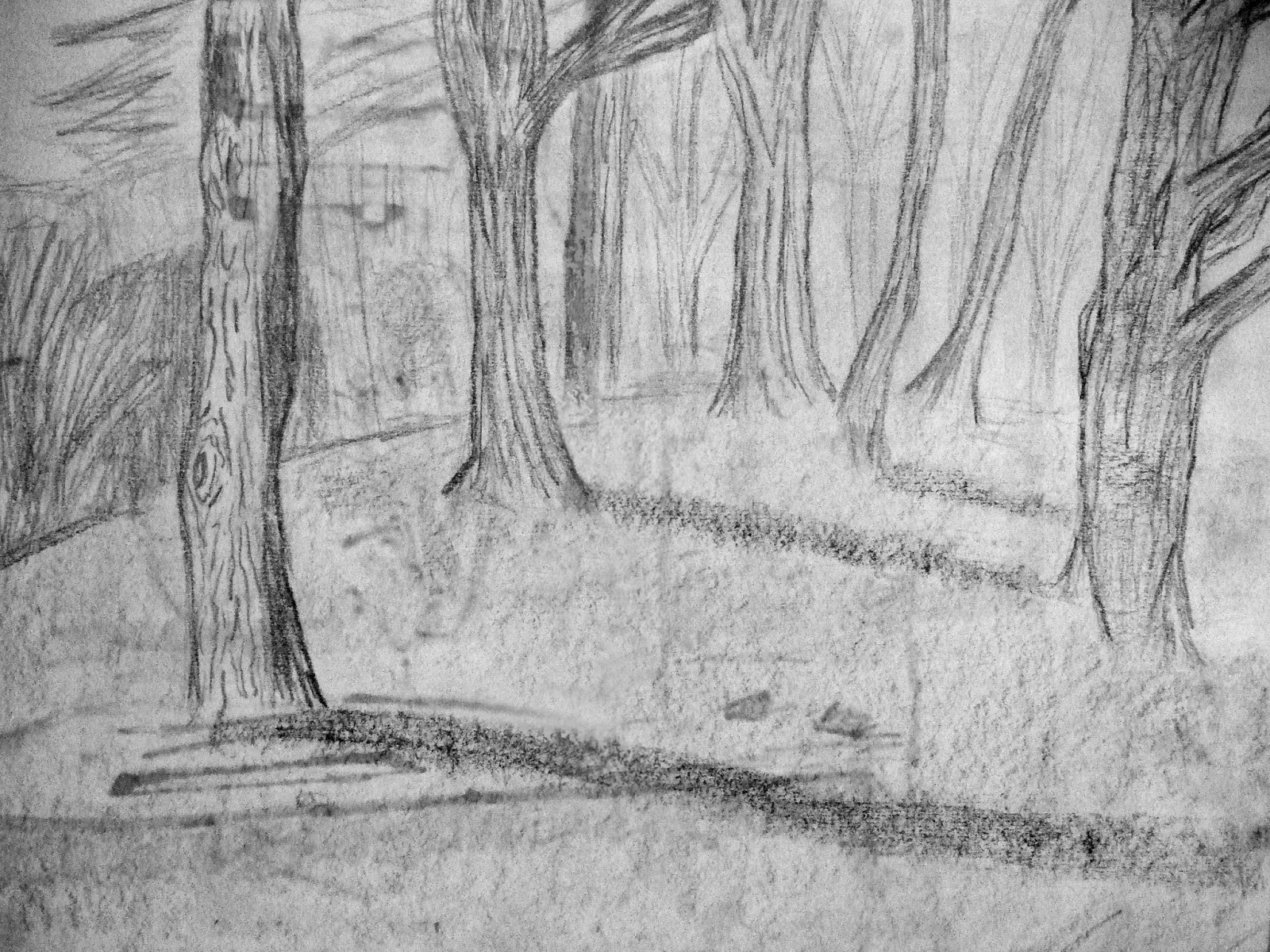This is an interior architecture landscape image. The theme
of perspective is prevalent here as we see from this vantage point we are looking
down the building towards the vanishing point, the pillar to left give us a
good example of foreshortening as from here we have a two point perspective which
allows the shape of it to gives us a real sense of depth in the image. The angle
of the floor tiles is distorted due to their progression into the distance. As
well as this both the actual lines of the walls and the implied lines of the
windows show the orthogonal lines in this image. The horizon line isn’t
entirely clear but is roughly somewhere in the centre between the two central
bridges.
The picture is very much divided between foreground and
background. In the foreground there are many areas of interest such as the
pillars; the elephant’s rear; the dark corner to the left and the surrounding walls;
the darkened sign and the handrail going across. The darkened sign and large
elephant exhibit to the right are balanced out on the page by the dark pillars and
darkened corner on the left hand side.



